Quote
To regret one’s own experiences is to arrest one’s own development. To deny one’s own experiences is to put a lie into the lips of one’s own life. It is no less than a denial of the soul.
Oscar Wilde, De Profundis (via stardustschild)
344 notes
·
View notes
Photo

Ariadne by Sir John Lavery, 1886
The Gardener by Rabindranath Tagore
33
I love you, beloved. Forgive me my love.
Like a bird losing its way I am caught.
When my heart was shaken it lost its veil and was naked.
Cover it with pity, beloved, and forgive me my love.
If you cannot love me, beloved, forgive me my pain.
Do not look askance at me from afar,
I will steal back to my corner and sit in the dark.
With both hands I will cover my naked shame.
Turn your face from me, beloved, and forgive me my pain.
If you love me, beloved, forgive me my joy.
When my heart is borne away by the flood of happiness, do
not smile at my perilous abandonment.
When I sit on my throne and rule you with my tyranny of
love, when like a goddess I grant you my favour, bear with my
pride, beloved, and forgive me my joy.
34
Do not go, my love, without askng my leave.
I have watched all night, and now my eyes are heavy with
sleep.
I fear lest I lose you when I am sleeping.
Do not go, my love, without asking my leave.
I start up and stretch my hands to touch you. I ask myself, ‘Is it
a dream?’ Could I but entangle your feet with my heart and hold
them fast to my breast!
Do not go, my love, without asking my leave.
1 note
·
View note
Photo


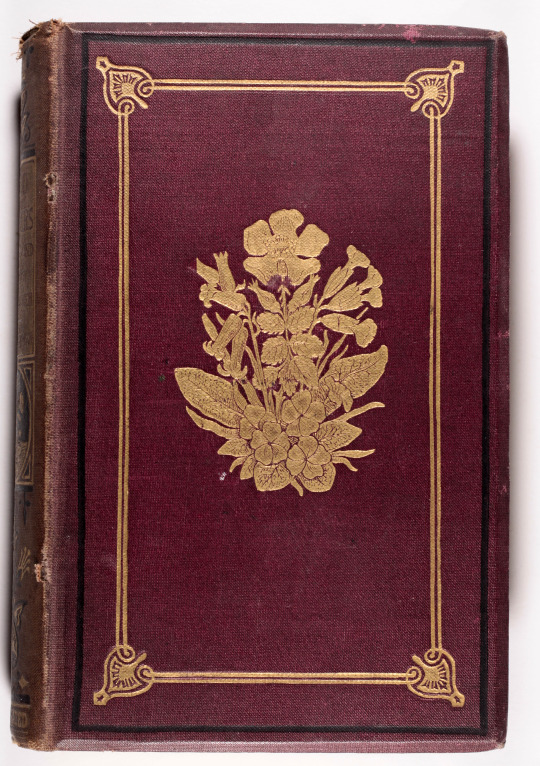
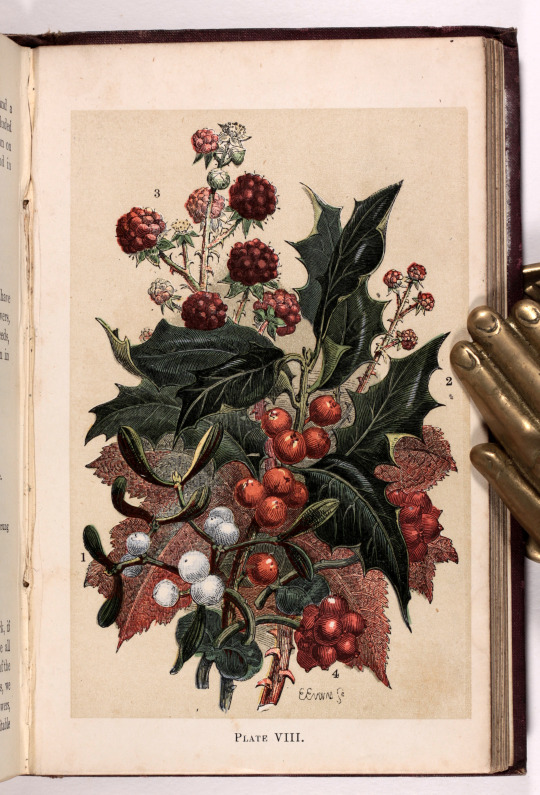

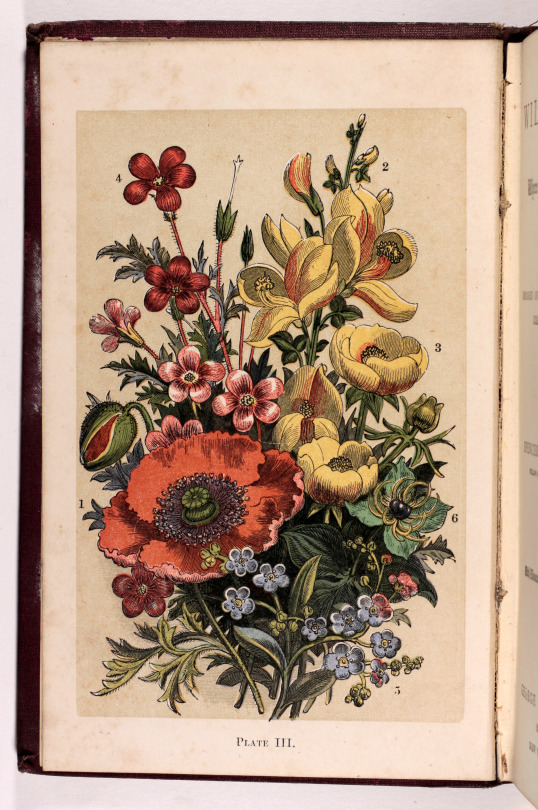
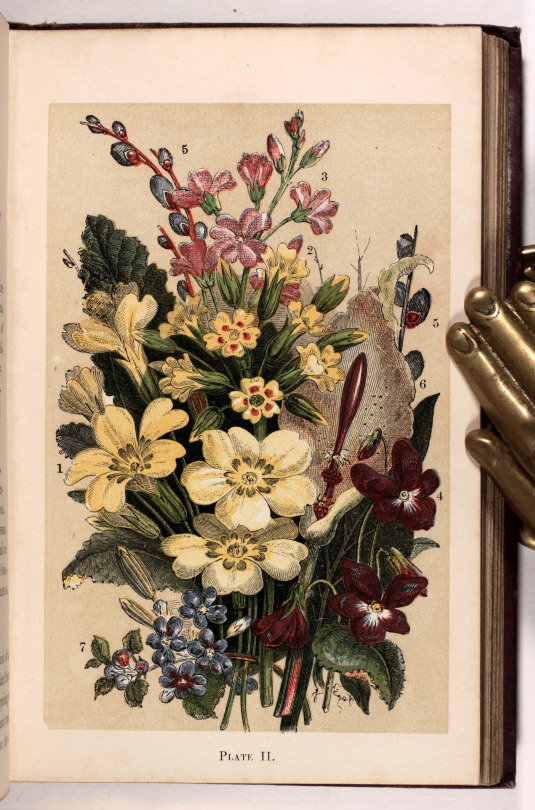
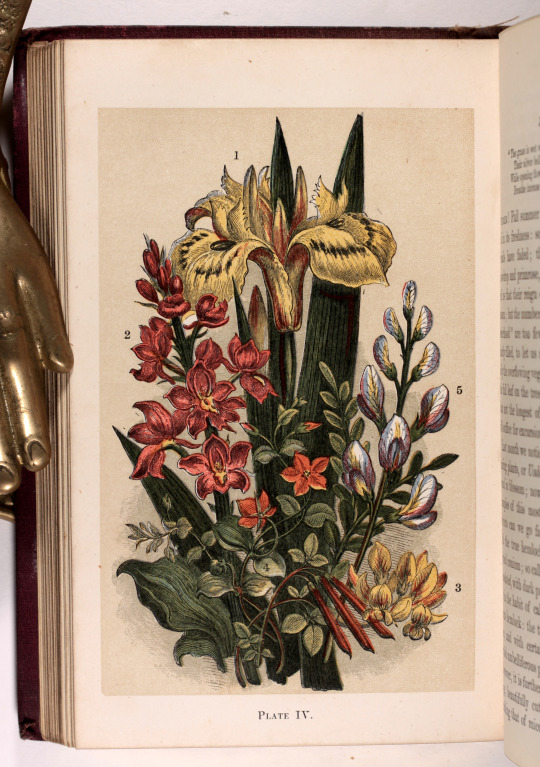
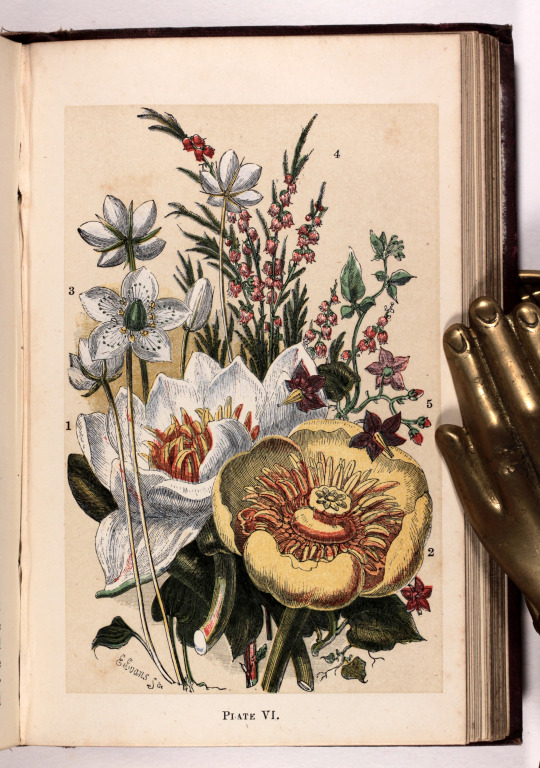
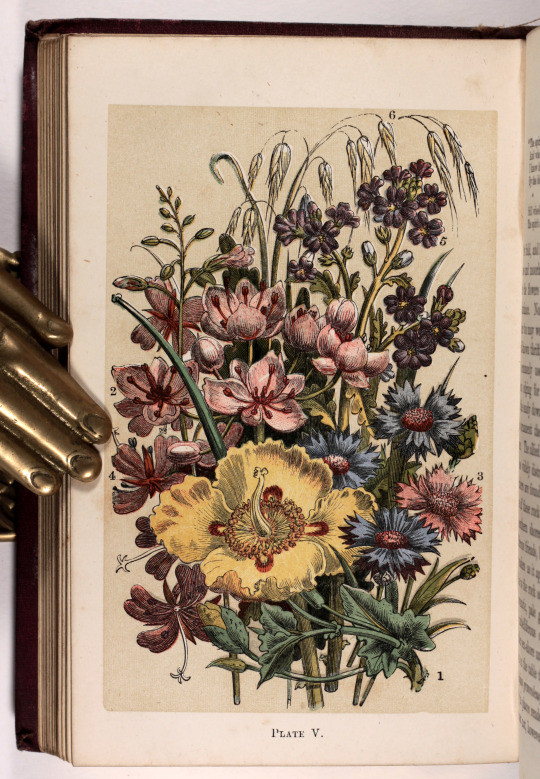
Wild Flowers Where to find them and how to know them
beautiful Victorian book c1875
24K notes
·
View notes
Photo



La Belle et la Bête, dir. Christophe Gans, 2014
13K notes
·
View notes
Quote
Sì, tutto è stato come non avrebbe dovuto essere, ma non importa. Si può, si può fare come dovrebbe essere. Ma come dovrebbe essere?
Tolstoj, La morte di Ivan Il’ic (via doppisensi)
46 notes
·
View notes
Photo

Floris Arntzenius (1864-1925) - A Girl in Kimono Arranging Flowers
276 notes
·
View notes
Photo

Roses in a blue ginger jar - Floris Arntzenius
Dutch 1864-1925
Watercolour and gouache on paper 37 x 29 cm,
94 notes
·
View notes
Photo

In Street In Den Haag
Floris Arntzenius
228 notes
·
View notes
Photo

Floris Arntzenius - Selfportrait -
Pieter Florentius Nicolaas Jacobus Arntzenius (9 June 1864 – 16 February 1925) was a Dutch painter, water-colourist, illustrator and printmaker. He is considered a representative of the younger generation of the Hague School. Arntzenius was born in Surabaya on the island of Java where his father served in the Royal Dutch East Indies Army. In 1875, at the age of 11, he was sent to the Netherlands to Amsterdam to live with his aunt and uncle in order to complete his education. In 1882 he became a student of Frederik Nachtweh, under Nachtweh’s supervision he gained admission to the Rijksacademie van Beeldende Kunsten. During his time at the Rijksacademie, from 1883 to 1888, his teachers included August Allebé and Barend Wijnveld, and amongst his fellow students were Isaac Israëls, George Breitner, Willem Witsen and Jan Veth. After his studies in Amsterdam he spent another two years at the Koninklijke Academie voor Schone Kunsten in Antwerp, studying under Charles Verlat. Back in Amsterdam, Arntzenius became a member of the artist’s societies Arte et Amicitiae (1890) and St. Lucas (1891), and he had a studio at the Sarphatistraat. In 1892 his mother became widowed and moved to The Hague and Arntzenius also moved there to keep her company. Around the same time his former fellow students Isaac Israëls and George Breitner left The Hague for Amsterdam to be a part of the capital’s more vibrant artistic climate. At The Hague the established painters of the first generation of the Hague School dominated artistic life. Arntzenius became a member of the artist’s society Pulchri Studio in The Hague in 1892. From 1893 to 1895 he shared Bernard Blommers’ former studio with Cornelis Antonie van Waning. He also contributed illustrations to Elsevier Geïllustreerd Maandschrift from 1892 to 1894. In 1896 he was admitted to the Hollandsche Teeken Maatschappij, a society that promoted the medium of watercolours among its members. He got married in 1900, to Lide Doorman, a talented painter of floral still lives, who lived in the house opposite of Arntzenius’ mother, together they had four daughters, who he frequently painted. Arntzenius was an accomplished artist in several mediums, but especially his watercolours gained high praise. During his first years in The Hague, he painted landscapes in the typical Hague School style. Arntzenius later switched to mainly painting cityscapes and street scenes, just like Israëls and Breitner made in Amsterdam. Arntzenius’ cityscapes were painted mainly in misty or rainy weather, he made use of these weather conditions to have his subjects be reflected on the wet asphalt. He also painted a lot in Scheveningen, which had changed from the poor fishing village it was in the time of Jozef Israëls and Hendrik Willem Mesdag, into a popular seaside resort. Though Arntzenius isn’t considered to be a relevant artist nowadays, he was appreciated in his own day. He won prizes at the exhibitions of Munich, Venice, Pittsburgh and Brussels and his works sold well during his lifetime. His friends in The Hague included Willem Maris, Willem Bastiaan Tholen, Bernard Blommers and Herman Johannes van der Weele. In 1910 he opened a studio and started taking in students. During this time he mostly painted portraits in commission of wealthy patrons. This he continued to do until he died of tuberculosis in 1925, at the age of 60.
34 notes
·
View notes
Photo



The “Ghost Room” at Bolling Hall in Bradford, West Yorkshire. It’s alleged that a ghost appeared in this bedroom to tell William Cavendish, Earl of Newcastle, to “pity poor Bradford”, shortly before his Royalist troops were due to attack the town in 1643, during the second seige of the town in the English Civil War. | GarettPhotography
417 notes
·
View notes
Text
Καζαντζάκης "Ασκητική"
PROLOGUE WE COME from a dark abyss, we end in a dark abyss, and we call the luminous interval life. As soon as we are born the return begins, at once the setting forth and the coming back; we die in every moment. Because of this many have cried out: The goal of life is death! But as soon as we are born we begin the struggle to create, to compose, to turn matter into life; we are born in every moment. Because of this many have cried out: The goal of ephemeral life is immortality! In the temporary living organism these two streams collide: (a) the ascent toward composition, toward life, toward immortality; (b) the descent toward decomposition, toward matter, toward death. Both streams well up from the depths of primordial essence. Life startles us at first; it seems somewhat beyond the law, somewhat contrary to nature, somewhat like a transitory counteraction to the dark eternal fountains; but deeper down we feel that Life is itself without beginning, an indestructible force of the Universe. Otherwise, from where did that superhuman strength come which hurls us from the unborn to the born and gives us - plants, animals, men - courage for the struggle? But both opposing forces are holy. It is our duty, therefore, to grasp that vision which can embrace and harmonize these two enormous, timeless, and indestructible forces, and with this vision to modulate our thinking and our action. Πρόλογος Ερχόμαστε από μια σκοτεινή άβυσσο· καταλήγουμε σε μια σκοτεινή άβυσσο· το μεταξύ φωτεινό διάστημα το λέμε Ζωή. Ευτύς ως γεννηθούμε, αρχίζει κι η ��πιστροφή· ταυτόχρονα το ξεκίνημα κι ο γυρισμός· κάθε στιγμή πεθαίνουμε. Γι’ αυτό πολλοί διαλάλησαν: Σκοπός της ζωής είναι ο θάνατος. Μα κι ευτύς ως γεννηθούμε, αρχίζει κι η προσπάθεια να δημιουργήσουμε, να συνθέσουμε, να κάμουμε την ύλη ζωή· κάθε στιγμή γεννιούμαστε. Γι’ αυτό πολλοί διαλάλησαν: Σκοπός της εφήμερης ζωής είναι η αθανασία. Στα πρόσκαιρα ζωντανά σώματα τα δυο τούτα ρέματα παλεύουν: α) ο ανήφορος, προς τη σύνθεση, προς τη ζωή, προς την αθανασία· β) ο κατήφορος, προς την αποσύνθεση, προς την ύλη, προς το θάνατο. Και τα δυο ρέματα πηγάζουν από τα έγκατα της αρχέγονης ουσίας. Στην αρχή η ζωή ξαφνιάζει· σαν παράνομη φαίνεται, σαν παρά φύση, σαν εφήμερη αντίδραση στις σκοτεινές αιώνιες πηγές· μα βαθύτερα νιώθουμε: η Ζωή είναι κι αυτή άναρχη, ακατάλυτη φόρα του Σύμπαντου. Αλλιώς, πούθε η περανθρώπινη δύναμη που μας σφεντονίζει από το αγέννητο στο γεννητό και μας γκαρδιώνει· φυτά, ζώα, ανθρώπους· στον αγώνα; Και τα δυο αντίδρομα ρέματα είναι άγια. Χρέος μας λοιπόν να συλλάβουμε τ’ όραμα που χωράει κι εναρμονίζει τις δυο τεράστιες τούτες άναρχες, ακατάλυτες Ορμές· και με τ’ όραμα τούτο να ρυθμίσουμε το στοχασμό μας και την πράξη.
0 notes
Photo

Anna De Weert (1867 - 1950) - Quand fleurissent les marguerites, 1933
19K notes
·
View notes
Photo

Anna de Weert (1867 - 1950)
The orchard in the morning
147 notes
·
View notes






